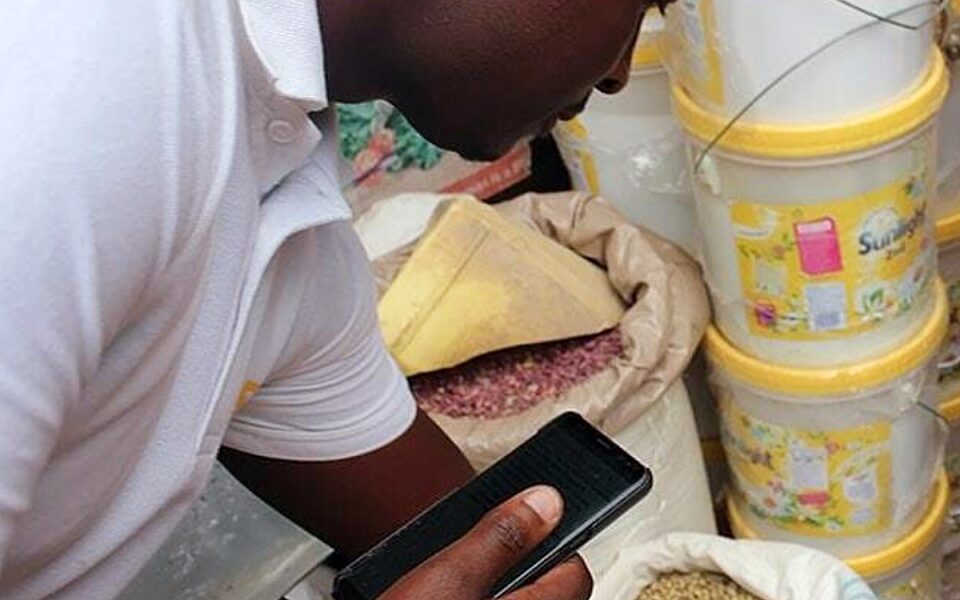
Redefining data collection to empower decision-makers to address malnutrition
Malnutrition is a challenge in Africa, and the limited availability of data about its severity makes it more difficult to address. Data gathering methods and frameworks are demonstrably inadequate, and failing infrastructure hinders effective data collection logistics.
Researchers from IITA, the Alliance of Bioversity and CIAT, University of California, Davis (UC-Davis), the Commonwealth Scientific and Industrial Research Organisation (CSIRO), and the Rwanda Agricultural Board have embarked on a project to address this challenge, driven by a vision to empower people to eat healthily and live well. The Citizen-led Household Dietary Diversity Dynamics (Citizen H2D3) project redefines data collection through digital tools and big data. The team maintains that stakeholders cannot successfully tackle malnutrition without consistently monitoring individual diet quality patterns over space and time.
“As a Nigerian and a non-immigrant resident in Rwanda, my work and interactions have been an eye-opener regarding the realities of hunger, malnutrition, and food insecurity. Often, we are tempted to think that this is a challenge for specific countries or a specific continent like Africa. But anecdotal evidence suggests otherwise,” says IITA Geospatial Data Scientist Julius Adewopo.
The team presented the project as one of the winning ideas at the 2020 Big Data Inspire Challenge. Their entry highlighted that current data on hunger and malnutrition are typically fragmented, static, and limited in scale or scope. In essence, the available data on nutrition broadly indicates what and how much people eat but does not provide spatially and temporally dynamic insights.
“What we are looking to do is move away from individuals or survey teams going into people’s households, sitting down for two hours, asking them 100 questions, and people getting bored—it’s expensive and invasive,” says IITA Data Scientist Rhys Manners.
With full approval from the Rwandan Government, the project has commenced a pilot phase deployment in Rwanda. The team has embraced the simple and readily accessible mobile phone technology to achieve their goal—conducting surveys, using USSD codes and SMS to reach respondents, even in the country’s remote areas. “So, just about anyone within Rwandan society can answer some questions on what they have eaten over the past 24 hours,” Manners continues.
More than 10,000 randomly selected participants will be contacted across Rwanda every week, with the data from the first 1,800 stored. Participants answer 29 Yes-No questions of the Diet Quality Questionnaire on the consumption of different food items. After completion, participants receive 300 Rwandan Francs ($0.30 USD) in phone credit. The survey will be deployed for 6 months, with new individuals contacted each week. Participants are selected to ensure a 50-50 response rate from men and women and spatially representative data. The survey frequency increases the data quality and usefulness to researchers in understanding how diet quality changes across time, regions, gender, socioeconomic groups, and age brackets.
“The hope is that we can show actual dynamics of diet quality across space and time, in anticipation that the information will support the development of relevant interventions to address malnourishment at certain periods and specific locations,” says Manners. If the data shows that certain groups suffer malnourishment in a particular type of food during certain periods, then, “We can provide this information to the Rwandan government or extension organizations to have data-driven and informed policy development,” he continues.
Citing Kofi Annan (2018), “Data can really help us to end malnutrition across Africa”, Adewopo believes that Citizen H2D3 will unlock insights that will move us closer to achieving this vision, not just in Africa but globally.